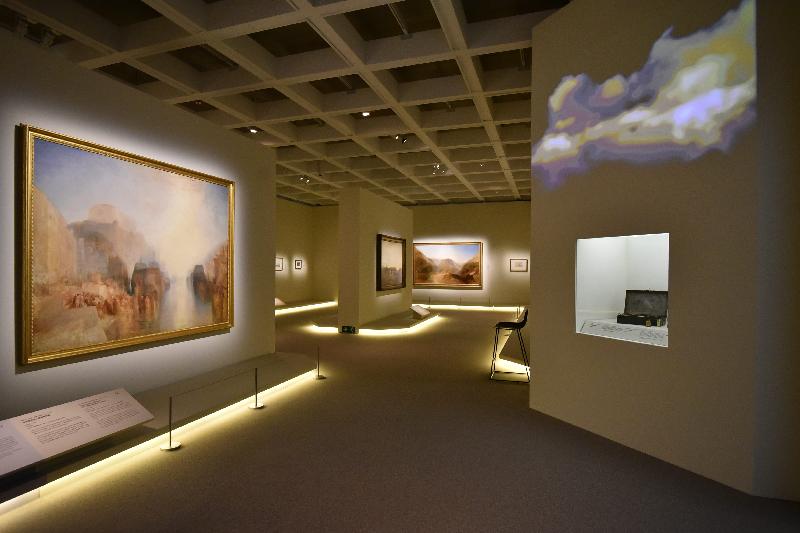
As the threat from the coronavirus escalates in the UK, museums are quietly taking special measures to protect staff, visitors, and collections.
Rather than sending couriers overseas, the Tate has decided to extend its loan of more than 70 works by artists including Turner, Constable, and David Hockney to the virus-shuttered Hong Kong Museum of Art. The paintings will remain put for the time being.
Meanwhile, National Gallery staff and director Gabriele Finaldi, who were due to travel to Japan for the opening of a blockbuster loan exhibition of masterworks at the National Museum of Western Art in Tokyo, will remain in London. The Tokyo museum has been under lock down since February 29 as a precautionary measure. It is due to reopen on March 16.
The British Museum was the first institution in the country to note the coronavirus on its website, reassuring visitors: “We continue to closely review the advice from Public Health England who assess the UK risk as moderate.” The Victoria & Albert Museum has also added a similar notice on its website.
Asked by Artnet News about their coronavirus contingency plans, several institutions repeated the same official message, stressing that they are monitoring the situation closely. None would divulge any specific details. But Artnet News understands that institutions in South Kensington, which include the V&A, the Science Museum, and the Natural History Museum, are consulting with each other behind the scenes.
Historic Royal Palaces, which manages the Tower of London and other heritage attractions, says it has “installed extra handwash/sanitizer in public and staff areas.”
David Hockney Bigger Trees near Warter (2007) on show at the Hong Kong Art Museum on loan from the Tate. Presented by the artist 2008. Copyright David Hockney. Courtesy Hong Kong Art Museum.
A Passive Approach?
“We are hoping to see a more proactive approach,” says Clara Paillard, a member of the culture group within PCS trade union, which represents people working in front-of-house roles and behind-the-scenes at museums across the UK, including the big, London-based nationals.
She says senior managers should be open about a host of employment issues, should the situation become more urgent.
It is unclear what will happen, for instance, to most part-time staff, those on casual contracts, or those who work for subcontractors should museums be forced to close. But the National Museums Liverpool have confirmed to PCS that any staff who fall ill and have to self-quarantine will continue to be paid.
In addition, if schools are forced to close, as they have been in Italy, staff who have to care for young children will also be paid.
The National Gallery also says it will continue to pay people who have been asked to self-isolate, and it will not count those days against their sick leave allotment.
The UK government’s latest coronavirus guidance states that large-scale gatherings might have to be suspended. Officials in the country’s department for Digital, Culture, Media and Sport is talking to the national museums it funds initially about “containment.”
The Association of Independent Museums has been proactive about its advice to institutions across the UK, however. It is consulting its members with plans that it will begin publishing next week.
Artnet News, which has seen a preview of some of the advice, can report that museums are being advised “not to dismiss” the public’s fear about the virus. They are also being informed that, should employees be instructed by doctors to self-isolate after traveling abroad, museums must still pay the employee’s wages.
In the US, the American Alliance of Museums (AAM) has also been proactive. It advises museums to “maintain flexible policies that permit employees to stay home to care for a sick family member.” AAM also stresses the importance of emergency planning to ensure “collections are in stable condition to withstand being left alone for days.”
Update: “A Sense of Place: From Turner to Hockney” at the Hong Kong Museum of Art is due to reopen to the public on March 10. The exhibition has been extended through April 14.